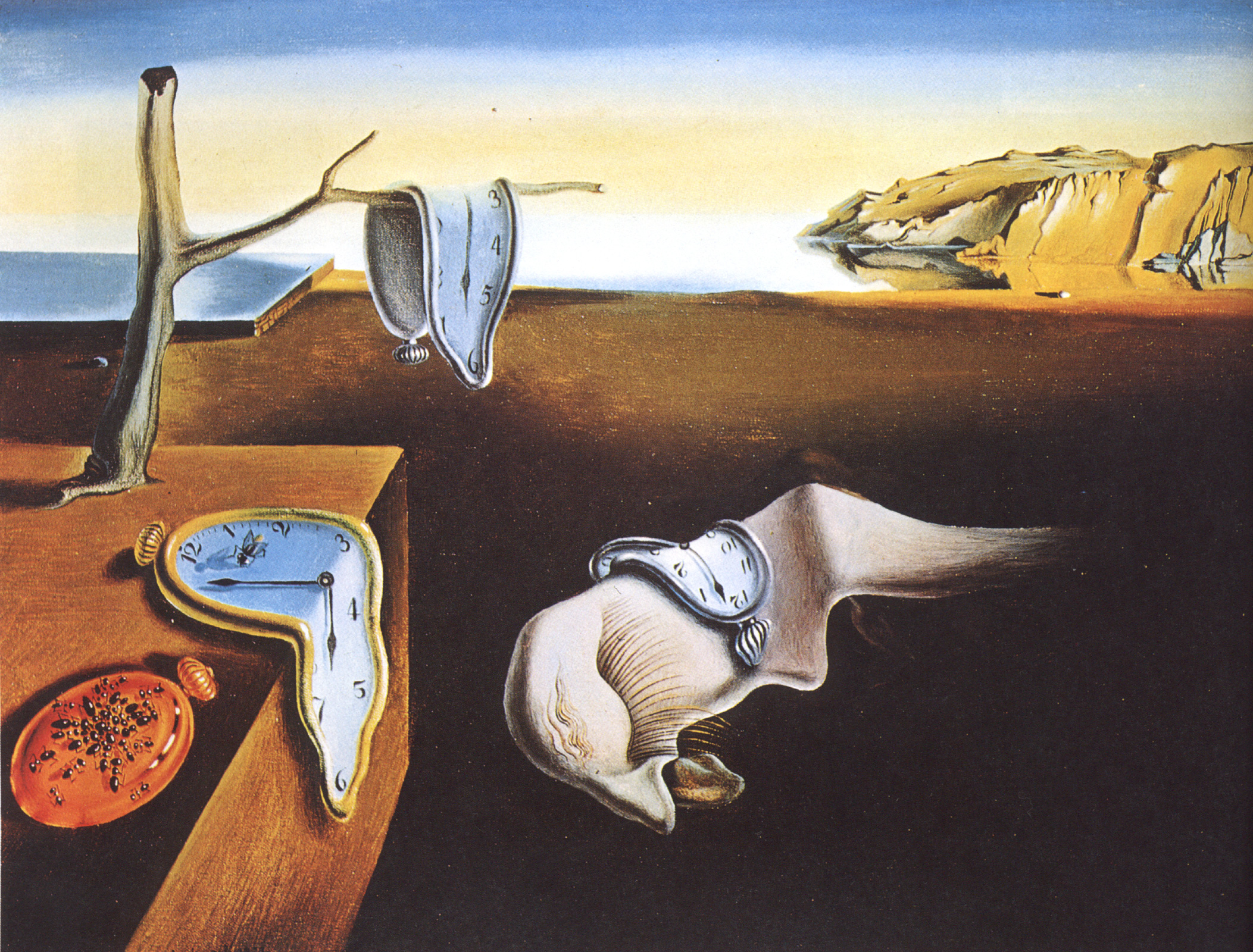Top 11 Surreal Facts about the Mustachioed Artist, Salvador Dali
6 years ago

28 Jul
The Spanish artist was known for blurring the lines between illusion and reality not just on canvas, but in his public life as well. He established a whole new modern art movement. Much of his life is synonymous with his facial hair, for which he took serious care. Some believe he adopted the signature mustache from Diego Velazquez, another classical painter. Movember participants have voted Dali’s mustache as one of the most influential pieces of facial hair in history. That being said, let’s take a look at some other parts of his eccentric life.
He could have worked for Disney
Walt Disney was impressed by Dali, to a point he approached him in 1945 for a collaboration. Disney was impressed with his innovative and experimental projects. Just after the controversial release of Fantasia, Walt Disney wanted to take Dali’s features to new heights. They were both surrealist pioneers in their own world, Disney in animation, and Dali in print. The proposal was a musical short film called Destino. The project was shut down shortly after it started, but Disney’s nephew brought it to life.
He studied Freud
Dali’s work looks a lot like the subconscious reality inspired by Sigmund Freud. Thanks to studying the famous Freud, Dali managed to bring his experimental work to new heights known today as Surrealism. His unique perspective invited viewers into his dreamscapes. Dali called this method “paranoiac-critical method”. His way of leaving viewers confused and intrigued in the same time is second to none.
Lavish lifestyle
Dali was known for being a big spender. He wanted to make an entrance everywhere he went. He was often seen partying with other Hollywood stars like John Lennon, David Bowie, Elvis Presley, Alice Cooper, and much more. His love for extravagance was visible in his art, as well as in his lifestyle. One example would be his 3D hologram of Alice Cooper covered in diamonds. He even added jewelry to his paintings. One example for that is The Royal Heart, featuring 46 rubies, two emeralds, and 42 diamonds.
He made his secretaries rich
Dali was not making money just for himself. He also made his secretaries rich. You can say he invented the “interning trend”. The artist refused to pay his secretaries, instead he gave them commissions. Most of those commissions resulted in seven-figure sums when his secretaries cashed them.
Avida Dollars
He earned the nickname “Avida Dollars”, which is an anagram for his name. It is also a reference to his greed. He was renowned for his love of making money, which allowed him to live in luxury until his dying days in his castle. Back in the days, Salvador would do pretty much anything for money, even designing the Chupa Chups lollips logo. He also designed the logo for the 1969 Eurovision Song Contest.
But he also made money “illegally”. He once scammed Yoko Ono. She requested a strand of hair from his mustache for $10,000. Dali sent her a dried blade of grass.
He did not pay restaurant bills
Dali had a very genius and creative way of avoiding restaurant bills. He invited large groups of friends, but at the time of payment, he used a trick that worked always. He would cheerfully write a check for the full amount. But just when the waiter was not looking, he would doodle on the back of the check. As he imagined, nobody wanted to cash a check with an original sketch by Dali on it.
Expelled from art school
Before you start saying how could anyone expel Salvador Dali, know this. He wanted to be expelled. He refused to be examined for “art history” final of his degree. He said “none of the professors of the school are being competent enough to judge me, so I retire”. During his time at the School of Fine Arts in Madrid, he experimented with Cubism. But he went on to become the founder of Surrealism. After being expelled from Madrid, he went on to study in Paris on his expense, where he met Pablo Picasso.

Married his friend’s wife
Dali met the love of his life in 1929. Back then, Gala was still married to his friend Paul Eluard. At the wedding of Dali and Gala, Eluard diplomatically appeared. That married offended his family. They disapproved Gala because she was 10 years older than Dali, and 10 years older than the artist.
The two didn’t mind it, as they were together until her death. She had many extra –marital affairs. He bought her a castle in Pubol, 50 miles from his home in 1969. He was only allowed to visit the castle with a written invitation. It was there where she entertained her lovers well into her 80s.
Dali believed he was a reincarnation of his dead brother
Salvador Dali first died at just 22 months old. Nine months later, Salvador Dali the Second was born. He heavily resembled his dead brother. His parents started thinking he was a reincarnation. They took him Salvador to his dead brother’s grave when he was just 5. They told him they believe he is a reincarnation, and the thought stuck with Dali. That moment had a huge psychological effect on his life and work. He inserted allusions to the dead child in many of his art pieces.
Dali and Hitler
While many of the artists during World War distanced themselves from Hitler and fascism, Dali was different. He was impressed by Hitler, and was heavily obsessed with him. Dali began painting Hitler, and one of his famous picture is a photograph of Hitler, which turned on its side looks like a placid lake.
Dali also said he dreams about Hitler in the way men dream about women. He continued “Hitler turned me on in the highest…His fat back, especially when I saw him appear in the uniform with the Sam Browne belt and shoulder straps that tightly held in his flesh, aroused in me a delicious gustatory thrill originating in the mouth and affording me a Wagnerian ecstasy.”
And who can forget the painting called Hitler Masturbating, which is exactly that.
The Unusual way for Inspiration
Dali found a lucid way to paint his dreams. Many would argue he used drugs. But he said that he is the drug. He did not use any heavy psychotropic substances. He used some tricks for getting more creative.
One of his tricks involved spoon and a tin plate. He would sit in a chair, holding the spoon above the plate. He would then doze off, and as he fell asleep, the spoon would drop onto the plate, waking him up by the noise. It was just at the moment he would see the surreal images in his dreams, and then paint them.
His signature paranoiac-critical method involved trying to create a self-induced paranoid state.






Comments
You need to be logged in to post a new comment